A molecule or ion is said to be chiral in chemistry if it cannot be superposed on its mirror counterpart by any combination of rotations, translations, and conformational modifications. This geometric characteristic is referred to as chirality. The phrases are taken from the Ancient Greek (cheir) word for 'hand,' which is the most common example of an item possessing this attribute. A chiral molecule or ion has two stereoisomers that are mirror copies of each other; they are generally identified as "right-handed" or "left-handed" by their absolute configuration or some other criterion. Except when interacting with other chiral molecules, the two enantiomers share the identical chemical characteristics. They share the same physical qualities as well, except that they frequently exhibit opposing optical activity.
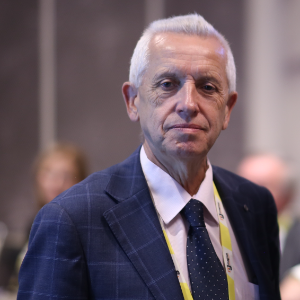
Stanislaw Dzwigaj
Sorbonne University, France
Dai Yeun Jeong
Asia Climate Change Education Center, Korea, Republic of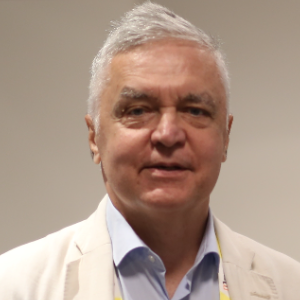
Sergey Suchkov
N.D. Zelinskii Institute for Organic Chemistry of the Russian Academy of Sciences, Russian Federation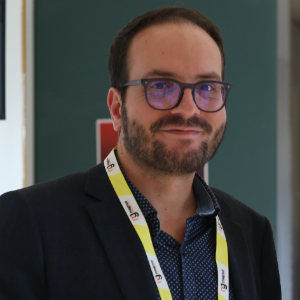
Enrico Paris
CREA-IT & DIAEE, Italy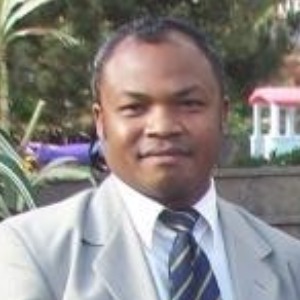
Rabeharitsara Andry Tahina
GPCI-ESPA Antananarivo University, Madagascar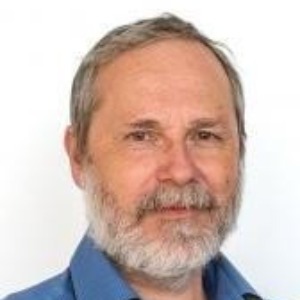
Jiri Dedecek
J Heyrovsky Institute of Physical Chemistry , Czech Republic
Uday Som
Research and Development Engineer, Japan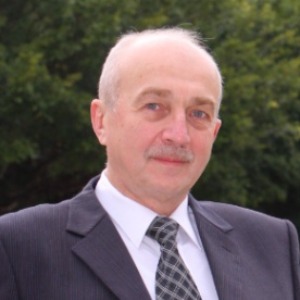
Vladimir G Chigrinov
Hong Kong University of Science and Technology, Russian Federation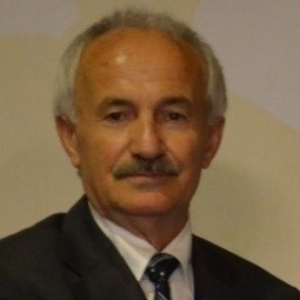



Title : Distant binuclear vanadium V(II) cationic sites in zeolites and their reactivity
Jiri Dedecek, J Heyrovsky Institute of Physical Chemistry , Czech Republic
Title : Advanced nanostructures for carbon neutrality and sustainable H₂ energy
Tokeer Ahmad, Jamia Millia Islamia, India
Title : Personalized and Precision Medicine (PPM) as a unique healthcare model via bi-odesign, bio- and chemical engineering, translational applications, and upgraded business modeling to secure the human healthcare and biosafety
Sergey Suchkov, N.D. Zelinskii Institute for Organic Chemistry of the Russian Academy of Sciences, Russian Federation
Title : Antibody-proteases as a generation of unique biomarkers, biocatalysts, potential targets and translational tools towards nanodesign-driven biochemical engineering and precision medical practice
Sergey Suchkov, N.D. Zelinskii Institute for Organic Chemistry of the Russian Academy of Sciences, Russian Federation
Title : Dimethyl ether synthesis from syngas over Cu-Zn/Al2O3 catalysts prepared using the Sol-Gel method
Uday Som, Research and Development Engineer, Japan
Title : Influence of various catalysts on H₂ enhancement and CO2 capture during syngas upgrading
Enrico Paris, CREA-IT & DIAEE, Italy
Title : Photoaligned azodye nanolayers : New nanotechnology for liquid crystal devices
Vladimir G Chigrinov, Hong Kong University of Science and Technology, Russian Federation
Title : Application of vanadium, tantalum and chromium single-site zeolite catalysts in catalysis
Stanislaw Dzwigaj, Sorbonne University, France
Title : Oxidation of methane to methanol over pairs of transition metal ions stabilized in the zeolite matrices
Jiri Dedecek, J Heyrovsky Institute of Physical Chemistry , Czech Republic
Title : The Concept and Implications of Low Carbon Green Growth
Dai Yeun Jeong, Asia Climate Change Education Center, Korea, Republic of